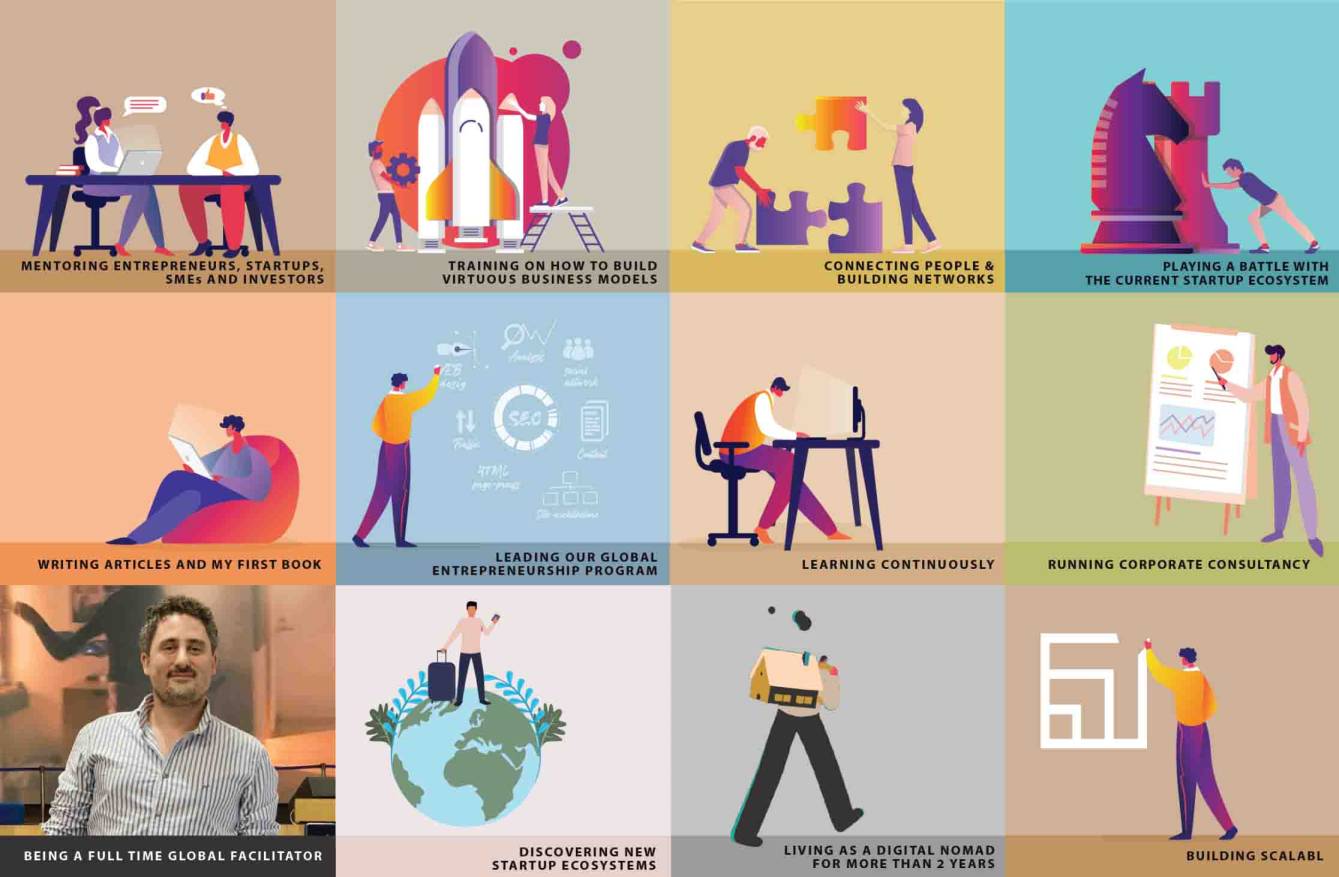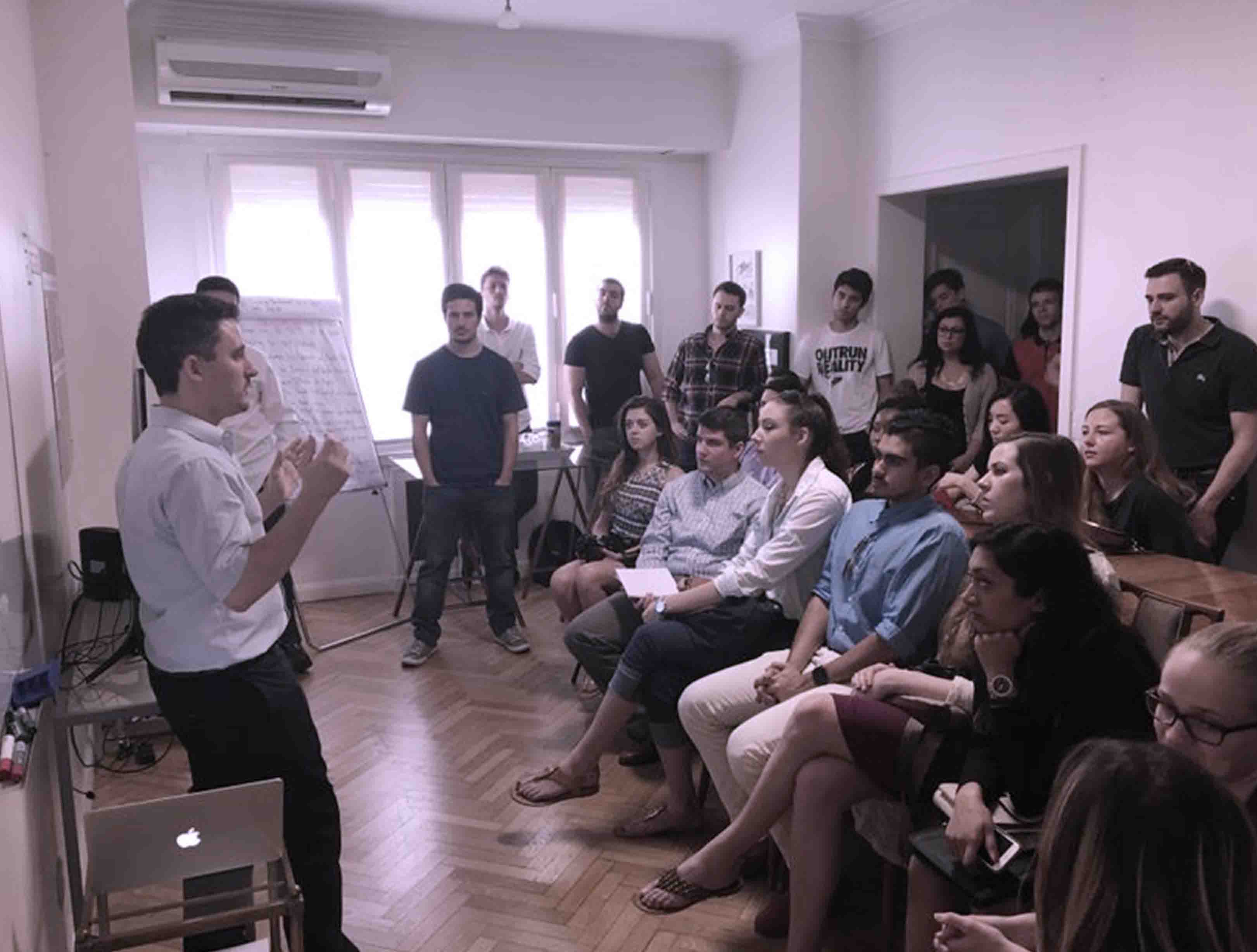

"The Tipping Point" by Malcolm Gladwell explores the fascinating moment when an idea, trend, or social behavior crosses a threshold, tips, and spreads like wildfire. Gladwell introduces us to the concept of the tipping point through a series of engaging examples, from the sudden rise in popularity of Hush Puppies shoes to the dramatic drop in New York City's crime rate. He argues that small changes can make a big difference and identifies three key factors that play a crucial role in determining whether a particular trend will tip into widespread popularity: the Law of the Few, the Stickiness Factor, and the Power of Context.
The Law of the Few suggests that a small number of people—Connectors, Mavens, and Salesmen—have a disproportionate impact on the spread of trends. Connectors are individuals with wide social circles who can spread information; Mavens are information specialists who share their knowledge and influence how others think; Salesmen are persuasive individuals who can sell an idea. Gladwell’s insight into these roles demonstrates how critical it is for ideas to be communicated effectively if they are to spread.
The Stickiness Factor is about the content of the message itself. For an idea to "stick" and be adopted by a wider audience, it must be memorable and engage people on a personal level. Gladwell uses the success of "Sesame Street" and "Blue's Clues" as examples of how making educational content sticky can lead to significant improvements in children's learning. This principle underscores the importance of crafting messages that resonate deeply with their intended audience.
The Power of Context emphasizes the environment or situation in which the idea is presented. Gladwell illustrates how small changes in the environment can significantly influence people's behavior, as seen in the Broken Windows theory applied in New York City. This theory posits that visible signs of disorder and misbehavior in an environment encourage further disorder, leading to serious crimes. By addressing these small issues, the city was able to significantly reduce its crime rate, showcasing the profound effect of context on human behavior.
Gladwell's "The Tipping Point" offers invaluable insights for entrepreneurs, business leaders, and anyone interested in understanding how ideas spread. The book not only provides a framework for creating messages that stick and leveraging the power of influential individuals but also highlights the importance of considering the context in which ideas are presented. For savvy professionals looking to drive change or spread innovative ideas, understanding these principles can be the key to success, offering tools to navigate the complex dynamics of social epidemics and make impactful changes in the world.








